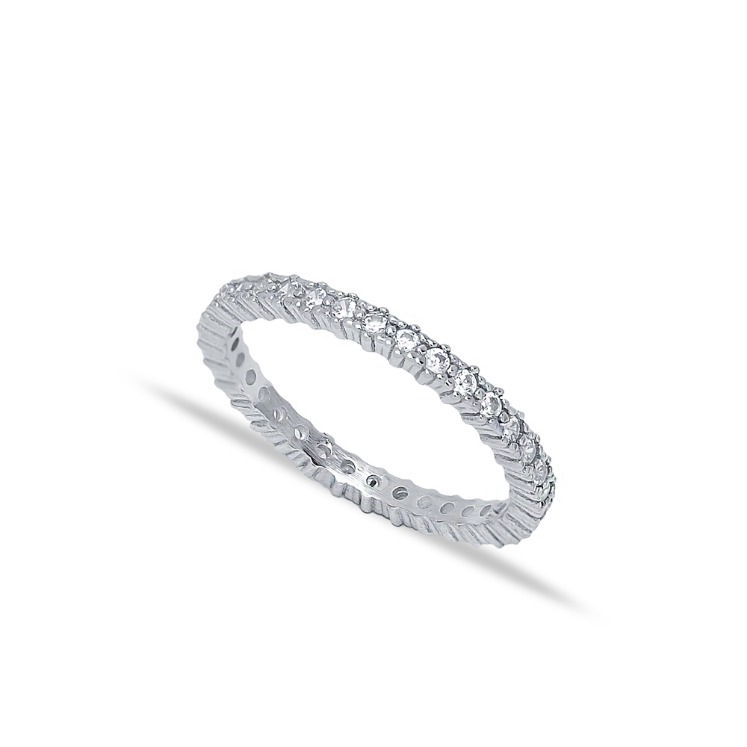The Science and Origin of Moissanite
Discovered in 1893 by French scientist Henri Moissan within a meteor crater in Arizona, moissanite was initially mistaken for diamond due to its dazzling brilliance. This rare mineral, composed of silicon carbide, originates from stars – naturally occurring moissanite is found in meteorites and interstellar dust. Modern moissanite jewelry utilizes lab-created stones, developed through advanced thermal processes that replicate extreme cosmic conditions. These sustainable gems possess exceptional hardness (9.25 on the Mohs scale), second only to diamond, making them extraordinarily durable for daily wear.
Unlike mined diamonds, moissanite diamond alternatives are ethically produced with minimal environmental impact. The controlled laboratory environment allows for precision cutting that maximizes the stone’s unique optical properties. Moissanite exhibits a higher refractive index (2.65-2.69) than diamonds (2.42), resulting in 10% more brilliance and striking fire dispersion. This creates vivid flashes of spectral color unseen in other gemstones. Gemologists emphasize that while visually similar, moissanite is a distinct mineral with its own scientific signature and cosmic heritage.
Moissanite vs. Diamond: A Comparison Beyond the Sparkle
When evaluating moissanite against traditional diamonds, four key factors dominate: brilliance, cost, ethics, and durability. Moissanite’s superior light performance often makes it appear more fiery than diamonds under most lighting conditions. While diamonds reflect white light exceptionally, moissanite jewelry projects vibrant rainbow flashes due to its higher dispersion rate (0.104 vs. 0.044 in diamonds). This optical characteristic makes moissanite engagement rings particularly captivating.
Financially, moissanite diamond alternatives offer staggering value, typically costing 85-90% less than earth-mined diamonds of comparable size. This accessibility allows buyers to choose larger or higher-quality settings without compromise. Environmentally, moissanite’s lab-grown nature eliminates concerns about mining practices or conflict stones. Both gems excel in durability for lifelong wear, though diamonds remain the hardest natural substance. Crucially, moissanite isn’t a diamond imitation – it’s a premium gemstone in its own right with unique scientific properties appealing to ethically conscious consumers.
The Rising Popularity of Moissanite Jewelry
Contemporary jewelers report surging demand for moissanite engagement rings and fashion pieces, driven by millennial and Gen Z values. Modern consumers prioritize sustainability and ethical sourcing without sacrificing luxury – making moissanite jewelry the ideal convergence. Leading designers now feature moissanite as a centerpiece in innovative settings, from vintage-inspired halos to avant-garde tension mounts. The stone’s versatility shines across jewelry categories including tennis bracelets, eternity bands, and statement necklaces.
Social media has accelerated this trend, with #Moissanite hashtags garnering millions of views showcasing the gem’s fire. Luxury retailers note a paradigm shift: once considered an “alternative,” moissanite is now selected as a primary choice for its cosmic origin and performance. Advancements in cutting techniques produce near-colorless stones (D-F range) and improved clarity that rival top-grade diamonds. As bridal markets evolve, over 35% of engagement ring shoppers actively compare moissanite diamond options alongside traditional stones, signaling permanent industry transformation.
Frequently Asked Questions (FAQs)
Is moissanite a real diamond?
No. Moissanite is a distinct mineral (silicon carbide) formed naturally in meteorites but created in laboratories for jewelry. While visually similar and often more brilliant, it has different chemical and optical properties than diamonds.
Does moissanite lose its sparkle over time?
Moissanite maintains its brilliance permanently. Its exceptional hardness (9.25 Mohs) resists scratching, and routine cleaning with mild soap restores maximum fire. Unlike softer gems, it won’t cloud from abrasion.
Can professionals tell moissanite from diamond?
Jewelers distinguish them using specialized tools detecting electrical conductivity (moissanite conducts electricity, diamonds don’t) and double refraction. Visually, moissanite displays more colorful fire.
Why choose moissanite over cubic zirconia?
Moissanite far surpasses cubic zirconia in durability (CZ is 8-8.5 Mohs), brilliance retention, and longevity. While CZ clouds within years, moissanite remains forever brilliant like diamonds.
Is moissanite jewelry a good investment?
While not appreciating like rare diamonds, moissanite offers exceptional value retention for fine jewelry. Its enduring beauty, ethical production, and 90% cost savings make it a financially smart luxury purchase.
Experience the Moissanite Evolution
As discerning shoppers seek ethical luxury without compromise, moissanite jewelry represents the pinnacle of conscious elegance. To explore curated collections of precision-cut moissanite engagement rings and fine pieces that harness this cosmic brilliance, discover the artistry at Revarado. Their master jewelers craft heirloom-quality settings showcasing moissanite’s extraordinary fire and sustainability credentials, redefining modern luxury for the astute collector.

